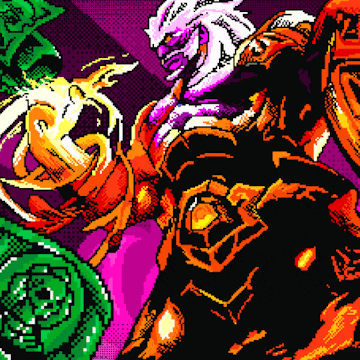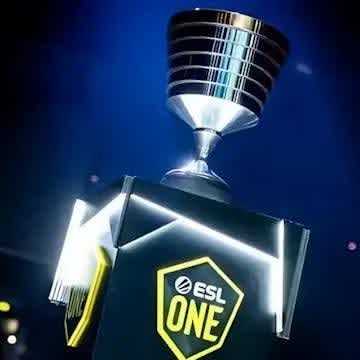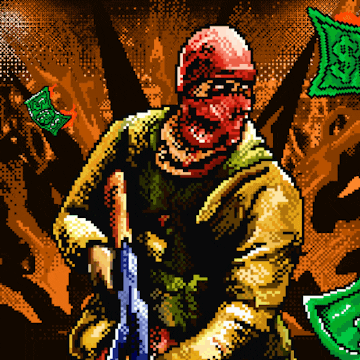An In-depth Guide on Rugby League Positions
Unlike Rugby Union, which features fifteen players, a Rugby League football team consists of thirteen on field players and four additional substitute players. Every player has a unique squad number that represents their position. Positions are divided into two categories, forwards and backs. Let's check out which positions are there in Rugby League.
Backs
There are seven backs in total, and they are numbered from 1 to 7. The backline of every team usually consists of small and presumably fast and agile players like Tom Trbojevic, James Tedesco, Nicho Hynes, and Latrell Michell.
Fullback – 1
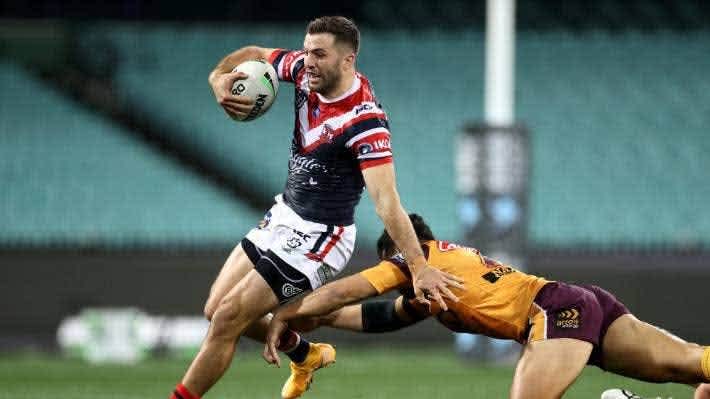
The Fullback is the pillar of defense in every rugby league football game. His main role is to stand behind the main line of defenders, so he must be strong and able to tackle any player breaking the first line. He also needs to have decent ball playing skills and be good at catching the ball, as he is usually the receiver from a kick.
In attack, fullbacks are often used as support players, but they also play an important role in creating extra men in attack and finding gaps in the defense. So, he also needs to be fast and agile like a winger. Therefore, the fullback is arguably the most complete player on the team as he is the last line of defense and the first player making the break in the attack.
The Three-quarters
There are four three-quarters in total, two wingers and two center players. Threequarters are considered as back-line. All three are positioned close to the edges of the field.
Wings – 2 & 5
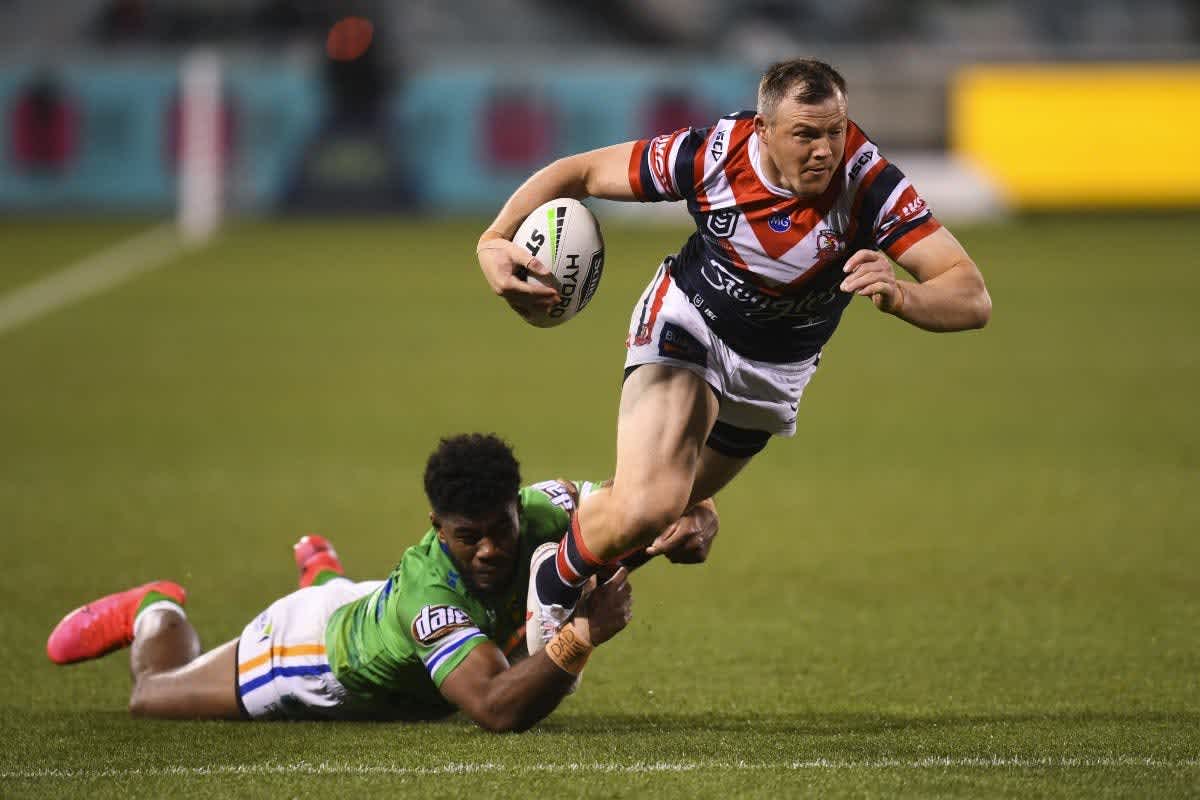
Wings are also known as wingers, and in rugby league, there are only two wings, numbers 2 and 5. Their defending role is to mark opposing wingers and catch and return kicks made from the attacking team. They also occasionally drop behind the line to support the fullback player.
In attacking situations, they try to exploit any space available and execute an attacking move. Wingers are typically the most explosive and most vital members of the rugby league team who must have good awareness to see gaps in the defensive line and avoid getting tackled.
Centre – 3 & 4
In Rugby League, there are two centers, numbers 3 and 4. Unlike wingers, centers are located a little bit more to the inside, which makes them the second-closest players to the touch line.
In defense, their job is pretty straightforward as they need to mark the opposing centers and make the last-ditch tackles. In attack situations, centers need to create space for wingers so they are usually the fastest players on the pitch. Speed and ball playing is their strongest asset.
The Halves
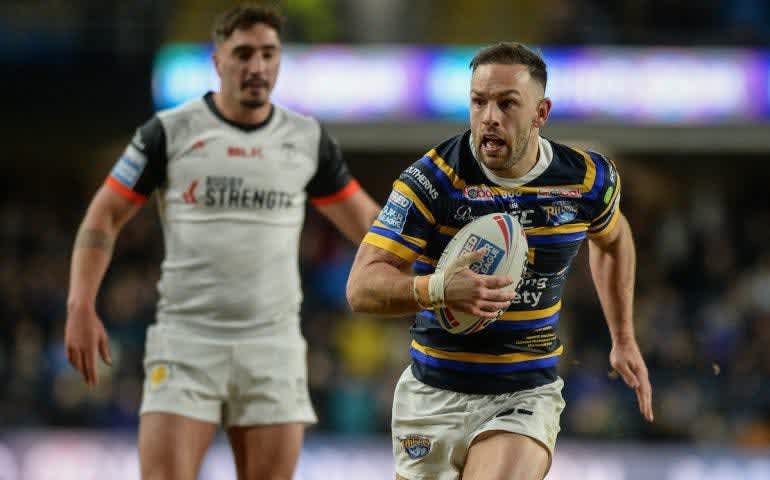
Halves are also known as stand-off half or five-eight and scrum half or halfback. They are the brains of the team and the most important playmakers.
Stand-off Half – 6
The Stand-off is there to lead his team around the pitch. He should be agile, a very good passer and runner as he is the "second receiver "as they receive the ball after the Halfback and initiate attacking moves.
Scum Half – 7
On the other side, the Scrum Half is the link between forwards and backs. He is the first receiver because he often receives a ball from the dummy-half after a play-the-ball. Scrum Halfs should be very capable handlers and are usually short and quick.
Forwards
Forwards are generally chosen based on their body predispositions. They need to be big, strong, and powerful to beat their opponents in a scrum and run through tackles while gaining territory. They are numbered from 8 to 13. Some of the most notable forwards are Jason Traumalolo, James Fisher-Harris, Moses Leota, Daniel Saifiti, David Klemmer, and Jared Waerea.
The Front Row
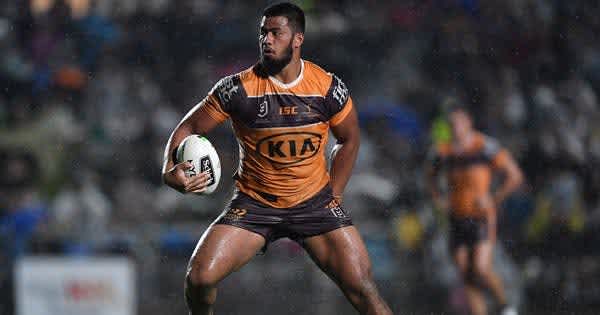
The front rowers of the scum are one hooker and two props on either side.
Hooker – 9
The hooker or rake is located in between the two props in the front row. This field position is named after the traditional function of "hooking" the ball with the foot as it enters the scrum.
Their job is to help to keep the scrum from moving backward and win possession of the ball when it's thrown into the scrum. They are also responsible to throw in the ball in during the line-outs.
Hookers usually play the dummy half position; they receive the ball from the play-the-ball and proceed with the attack by either passing the ball or running with it. That's why they must be reliable passers, just like half-backs.
Props – 8 & 10
Two props which are sometimes called bookends, pack in the front row of the scrum on either side of the hooker. They are the biggest and the most powerful players on the rugby league team.
Therefore, they are essential in attacks due to their strength and size, as they can run directly into the defensive line. In defense, their job is to stop the opposition's forwards to do the same. In addition to their tackle-making abilities, they are also required to have superb ball-handling skills.
The Back Row

The back row also consists of three players; two-second rowers and one loose forward.
Second Row Forwards – 11 & 12
Players numbered 11, and 12 are the second row forwards. Although their roles are similar to those of the prop players, they are faster and agiler, which allows them to take up a wider field position while both attacking and defending.
While attacking, second row forward's job is to create space for their other forwarding team mate. In defense, they are relied upon to make a large number of tackles.
Loose Forward – 13
The loose forward, or so-called lock forward is located just behind the two second row forwards in the scrum. This position is "loose" because it can be used to apply multiple tactics. Some teams go for an additional playmaker, while others will simply place the third prop in the loose forward position.
Interchange – 14, 15, 14, 17
Interchange players are used for substitutions if some of the players get injured or just do not perform well enough. Each interchange player usually keeps their squad number for the entire game regardless of the position they are substituted for. So, if 16 enters as a hooker, he does not need to switch shirts. He can play as 16 on a number 9 position.
FAQs
What is the best position in Rugby League?
The best and most important position in Rugby League is fullback. They are the most capable players who are essential while both attacking and defending.
What is the most difficult Rugby League position?
Props have the most difficult positions, mostly because this position requires great physical strength. This position requires advanced tackle making capabilities and ball handling.
Which position is 5/8 in Rugby League?
The Five-Eight belongs to stand off half player. This player carries jersey number six and is paired with an alternate half-back.
What are the names of positions in Rugby League?
There are thirteen rugby league positions in total: 1 Full Back, 2 Right Wing Threequarter, 3 Right Centre Threequarter, 4 Left Centre Threequarter, 5 Left Wing Threequarter, 6 Stand-off Half or Five-eighth, 7 Scrum Half or Halfback, 8 Prop, 9 Hooker or Dummy-half, 10 Prop, 11 Second Row Left Edge Forward, 12 Second Row Right Edge Forward, 13 Lock Forward.


